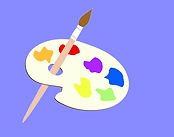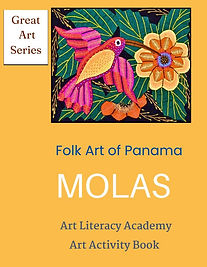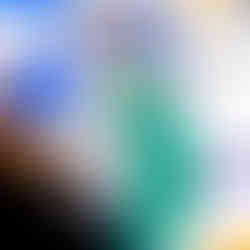Art & Curiosities
- Serene
- Oct 18, 2022
- 2 min read
Art & Curiosities

Our recent lessons have been focused on the Dutch Golden Age and the influence and advancements in Art and Science. The class was inspired by the Still Life paintings of Rachel Ruysch, and this week by her father, scientist Fredrick Ruysch and others whose collections led to advancements in the Arts and Sciences. Cabinets of Curiosities, also known as ‘wonder rooms’, were collections of extraordinary objects which, like today’s museums, attempted to categorize and tell stories about the wonders and oddities of the natural world. Frederik Ruysch, was an eminent scientist and professor of anatomy and botany. He possessed a well-known collection of rare natural history specimens, which Rachel assisted him in presentations, and helped to catalog and record his collection. Ruysch's museum displayed body parts and preserved organs alongside insects and plants. He is still highly regarded and respected for his pioneering research that led to advances in medicine.
Some of the most famous museum collections in Europe evolved out of the cabinets of individual collectors. The best example is the world’s first public museum. In 1677, Elias Ashmole acquired the collection of John Tradescant which he donated to the University of Oxford with the provision it would be open to the public. The collection included ancient artifacts, coins, books, engravings, geological and zoological specimens. The Ashmolean Museum opened a year later, making Tradescant’s cabinet available for all to see.
Often collections were a symbol of status and used socially to attract renowned people of letters and arts to the royal courts. It was important to be perceived as a cultured patron of the arts and sciences which fueled many advancements and discoveries. When Czar Peter the Great came to power in Russia at the end of the 17th century, he was determined to modernize Russia and looked to the Golden age in Holland for inspiration. Following several visits to Fredrick Ruysch's anatomical collection in Amsterdam, in 1716 he purchased 2,000 specimens which he exhibited in the newly formed Peter the Great Museum of Anthropology and Ethnography, the first public museum in Russia. Many other notable museums in Europe evolved from famous cabinets include: Τhe British Museum from the collection of the physician Hans Sloane, The Uffizi Gallery in Florence from the personal collection of Cosimo Medici and his descendants, The Prado Museum in Madrid, out of Charles III of Spain’s Natural History Cabinet, Ambra's Castle in Austria, out of the collections of Archduke Ferdinand II, Teyler's museum in Haarlem from the collection of Pieter Teyler van der Hulst, and The Deyrolle Museum in Paris, from Jean-Baptiste Deyrolle’s collection.
l
































Comments